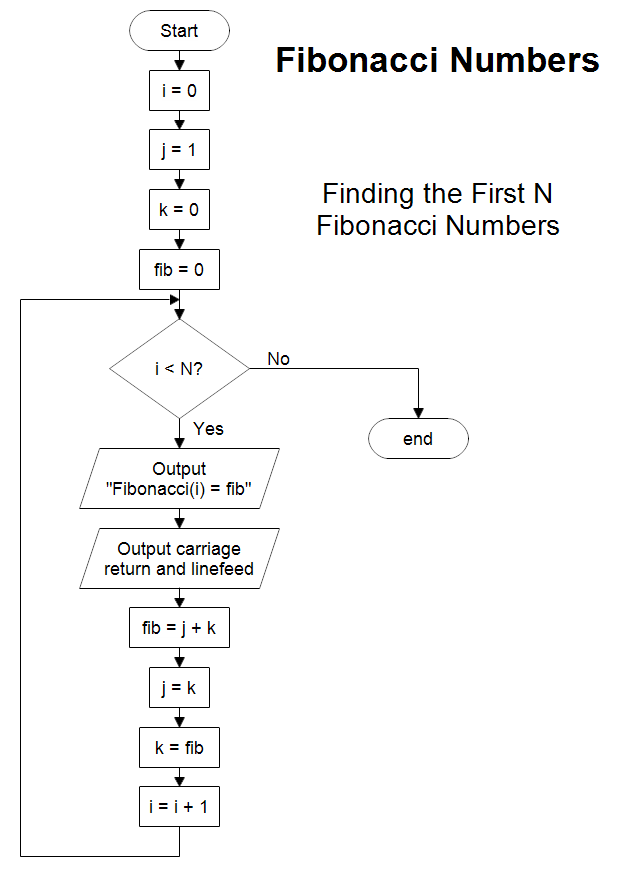
(Note: the first term starts from F 0)įor example, the sum of first 10 terms of sequence = 12 th term - 1 = 89 - 1 = 88. F 4 = (-1) 3 = -3.Ĥ) The sum of n terms of the Fibonacci sequence is given by Σ i=0 n F i = F n+2 - F 2 (or) F n+2 - 1, where F n is the n th Fibonacci number. Every 4th number in the sequence (starting from 3) is a multiple of 3 and every 5th number (starting from 5) is a multiple of 5 and so on.ģ) The Fibonacci sequence works below zero too. Every 3rd number in the sequence (starting from 2) is a multiple of 2. This gives the next Fibonacci number 21 after 13 in the sequence.Ģ) Observe the sequence to find another interesting pattern. For example, 13 is a number in the sequence, and 13 × 1.618034. Just by multiplying the previous Fibonacci Number by the golden ratio (1.618034), we get the approximated Fibonacci number. To find the F 7, we apply F 7 = / √5 = 13Ģ) The ratio of successive terms in the Fibonacci sequence converges to the golden ratio as the terms get larger. Any Fibonacci number can be calculated (approximately) using the golden ratio, F n =(Φ n - (1-Φ) n)/√5 (which is commonly known as "Binet formula"), Here φ is the golden ratio and Φ ≈ 1.618034. The Fibonacci sequence has several interesting properties.ġ) Fibonacci numbers are related to the golden ratio. Their applications in various fields make them a subject of continued study and exploration. Overall, the Fibonacci spiral and the golden ratio are fascinating concepts that are closely linked to the Fibonacci Sequence and are found throughout the natural world and in various human creations. In this way, when the rectangle is very large, its dimensions are very close to form a golden rectangle. Let us calculate the ratio of every two successive terms of the Fibonacci sequence and see how they form the golden ratio. In this Fibonacci spiral, every two consecutive terms of the Fibonacci sequence represent the length and width of a rectangle. The larger the numbers in the Fibonacci sequence, the ratio becomes closer to the golden ratio (≈1.618). Each quarter-circle fits perfectly within the next square in the sequence, creating a spiral pattern that expands outward infinitely. The next square is sized according to the sum of the two previous squares, and so on. The spiral starts with a small square, followed by a larger square that is adjacent to the first square.
Calculate fibonacci series#
It is created by drawing a series of connected quarter-circles inside a set of squares that are sized according to the Fibonacci sequence. The Fibonacci spiral is a geometrical pattern that is derived from the Fibonacci sequence. It is also used to describe growth patterns in populations, stock market trends, and more. The sequence can be observed in the arrangement of leaves on a stem, the branching of trees, and the spiral patterns of shells and galaxies. The significance of the Fibonacci Sequence lies in its prevalence in nature and its applications in various fields, including mathematics, science, art, and finance. Here, we can observe that F n = F n-1 + F n-2 for every n > 1.

The first 20 terms of the Fibonacci sequence are given as follows: Terms of Fibonacci Sequence The terms of this sequence are known as Fibonacci numbers. In simple terms, it is a sequence in which every number in the Fibonacci sequence is the sum of two numbers preceding it in the sequence. A 38.2 percent retracement (stock price movement toward support or resistance levels) usually implies that the trend will continue, 61.8 percent retracements point to a new trend, and 50 percent retracements point to a neutral trend characterized by market indecision on the direction of the price.The Fibonacci sequence is the sequence formed by the infinite terms 0, 1, 1, 2, 3, 5, 8, 13, 21, 34. The 23.6 percent ratio divides one number in the series by a number three places to the right. The 38.2 percent ratio divides one number in the series by the number two places to the right. The key Fibonacci ratio, 61.8 percent, is found by dividing one number in the series by the number that follows it. Analysts find the two most extreme points (peak and trough) on a stock chart and divide by the Fibonacci ratios of 23.6 percent, 38.2 percent, 50 percent, 61.8 percent and 100 percent. Fibonacci numbers are often used in technical analysis to determine support and resistance levels for stock price movement.


 0 kommentar(er)
0 kommentar(er)
